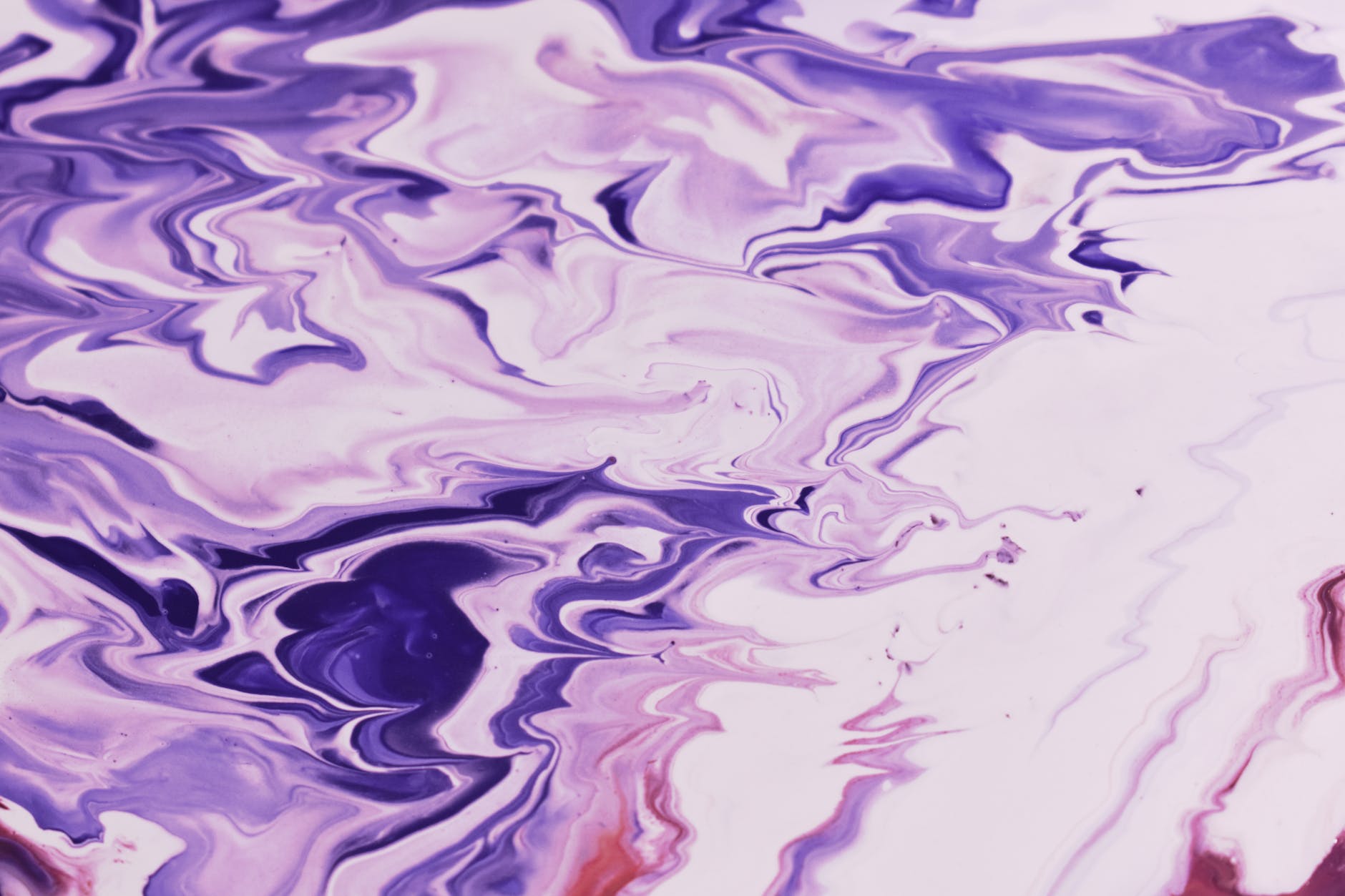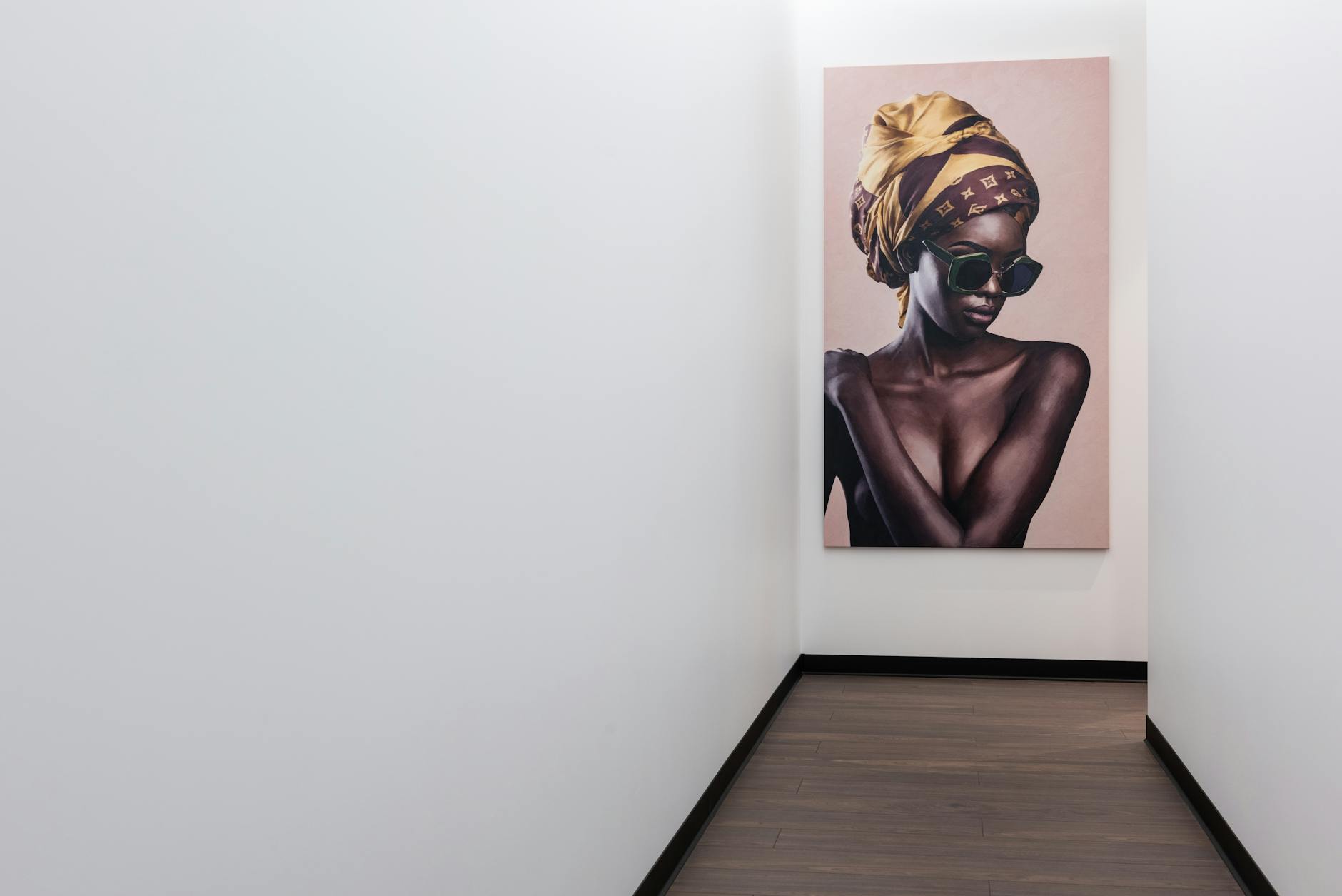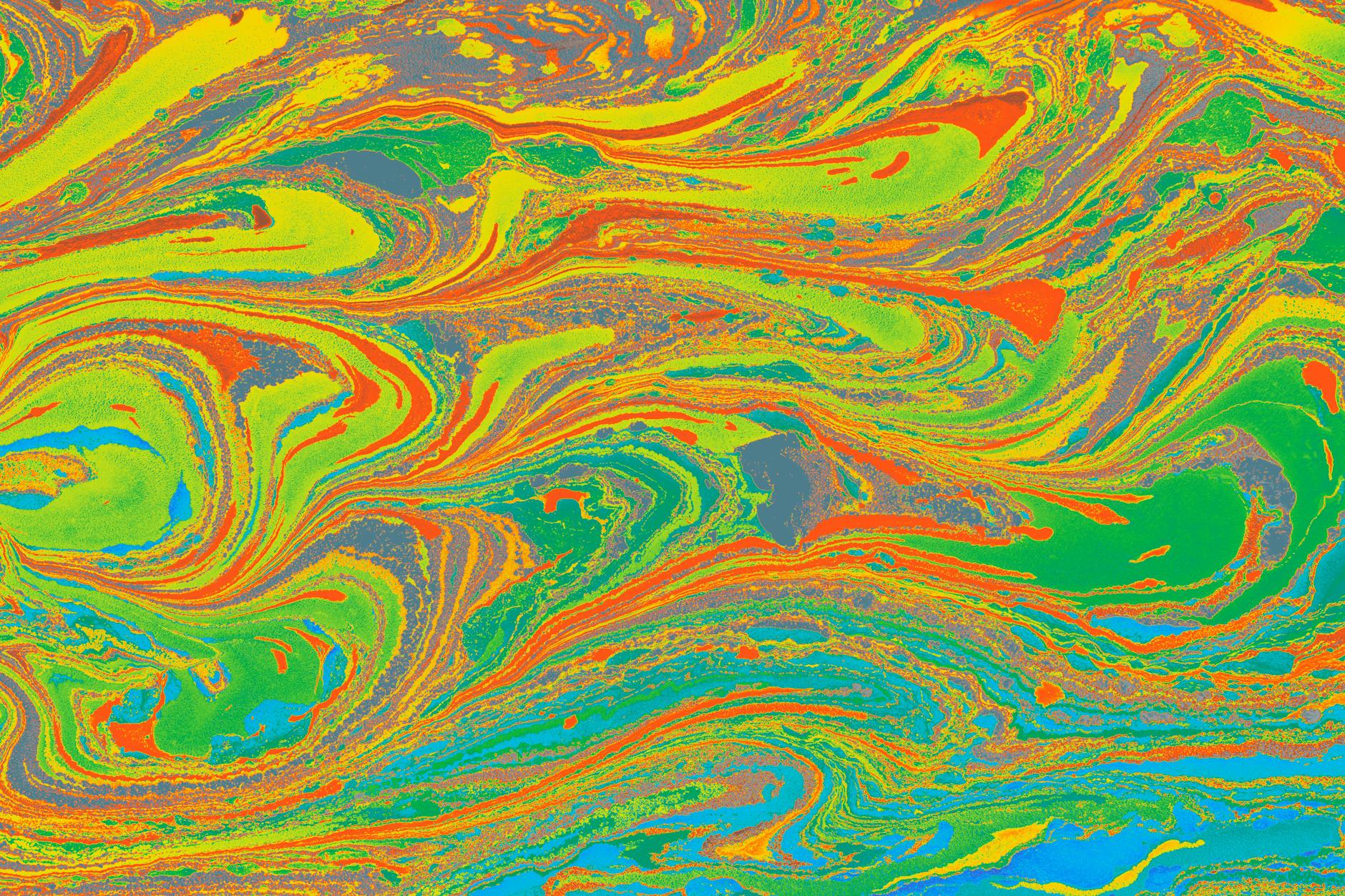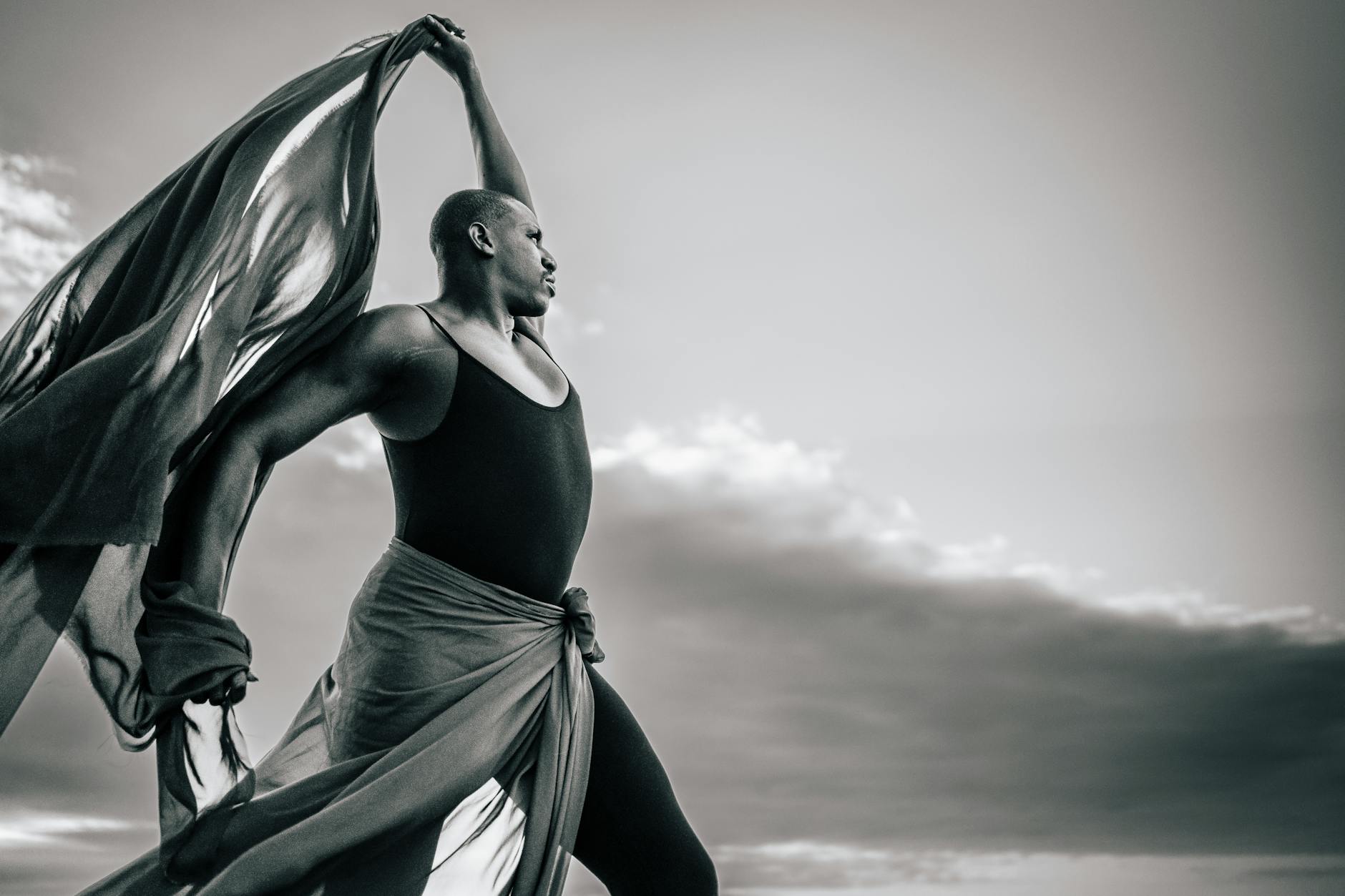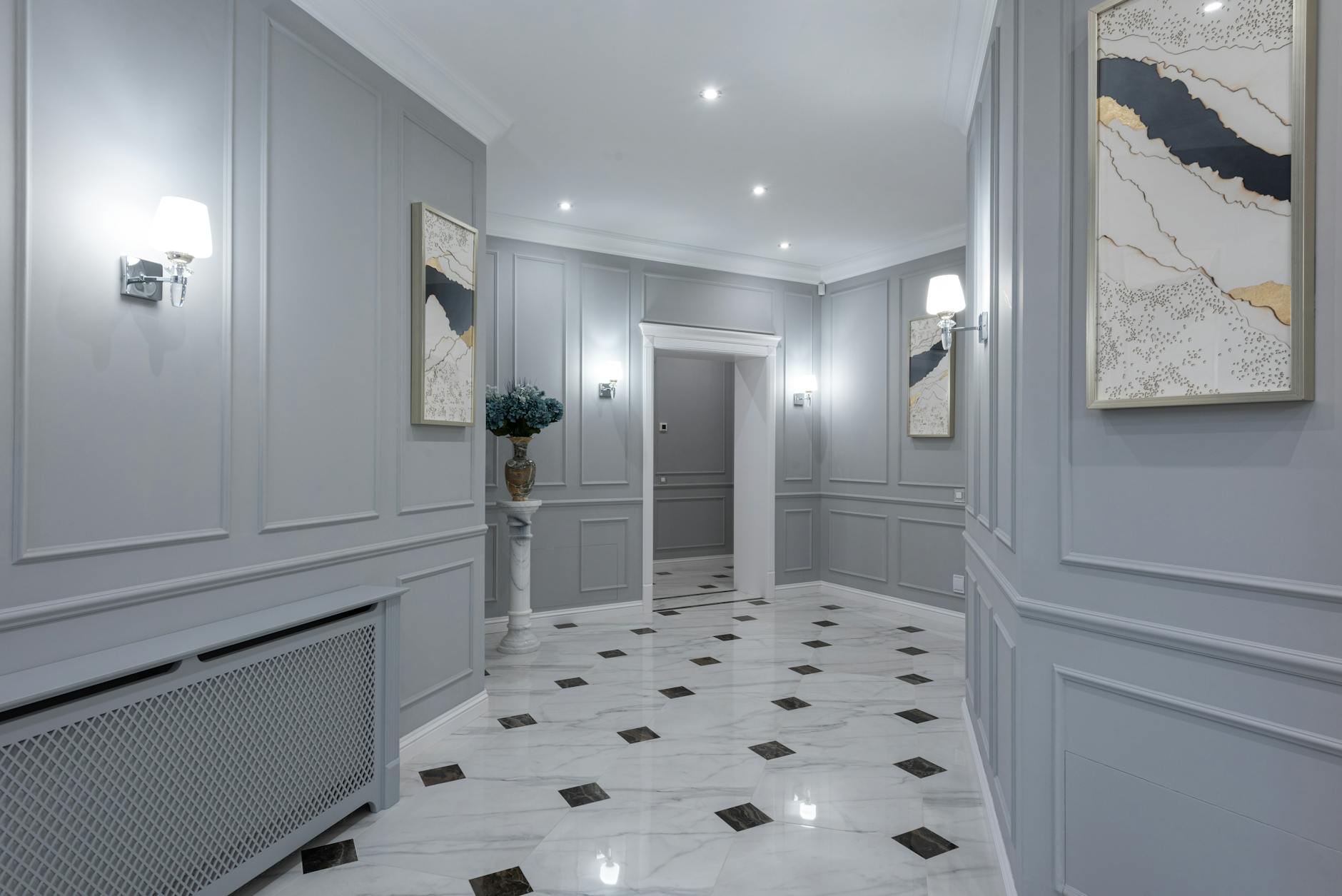The compelling world of modern art is teeming with diversity – a nuanced symphony encapsulating different styles, ideologies, and individual perspectives. One fascinating yet often understated influence within this eclectic mix originates from an intriguing source: psychoactive substances. The thoughtful interaction between mind-altering experiences and artistic expression has carved out a singular niche in the art world, featuring visionary art and psychedelic aesthetics as principal protagonists.
The practice of consuming psychoactive substances to unlock the hidden doorways of perception dates back to ancient times. Today, this concept finds resonance across the spectrum of modern art, significantly influencing trends and styles such as surrealism and abstract expressionism.
In the 1950s and 1960s, the countercultural movement witnessed the rise of hallucinogenic drugs such as LSD, opening the gates to multi-dimensional perception and transformative internal journeys. Artists began exploring the realm of psychedelic aesthetics, rendering their mind-altering experiences into visible forms of self-expression.
Abstract expressionism, a post-World War II art movement in America, is one of the earliest modern art styles to embrace the iridescent touch of psychedelia. Artists like Jackson Pollock and Mark Rothko strived to transcend the barriers of linguistic expression, channelling their unfiltered subjective experiences onto canvas. The intensity and dynamism seen in Pollock’s works are often associated with altered states of consciousness, while Rothko’s iconic color fields evoke profound emotions, mirroring the vastness of the subconscious mind.
Surrealism, another influential modern art movement, presents a unique blend of dreamlike absurdity and subconscious exploration. This intriguing genre owes much to the pioneering thoughts of Sigmund Freud, who explored the dream realm and the uncanny in his psychoanalytical theories. Surrealism is a marked celebration of unreality and the inexplicable, and the consumption of psychoactive substances often stimulates similar experiences. The disorienting manipulation of scale, time, and space in the works of Salvador Dali, or the haunting biomorphic forms conjured by Max Ernst, demonstrate the bold interplay between the surreal and the psychedelic.
Visionary art, an emerging contemporary genre, integrates psychedelic aesthetics even more explicitly. Artist Alex Grey is often associated with visionary art, synthesizing intricate anatomical and spiritual motifs into a kaleidoscopic visual symphony. His works, like ‘Cosmic Christ’ and ‘Net of Being’, are testimonials to the powerful sensory and spiritual ecstasy elicited by the use of psychoactive substances. His intricate depictions of parallel dimensions and transcendent consciousness mirror the ineffable visions experienced during psychedelic journeys.
The hallucinogenic motif is also an attractive element of modern music and pop culture scenes. Iconic bands like The Beatles, Pink Floyd and Jefferson Airplane incorporated psychedelic elements not just into their music but also album art, creating a synesthetic bridge among sound, vision, and the mind.
While the utilization of psychedelic substances continues to be contentious, their influence on art cannot be denied. The vibrant evolution of these substances promises tantalizing untapped potential for artistic expansion. From the ethereal landscapes of abstract expressionism, the mind-bending forms of surrealism, to the cosmic dance in visionary art – the psychedelic aesthetics continue to shape modern art, infusing it with refreshing verve and vivacity. After all, art isn’t just about the physical manifestation; it is the translation of our thought processes, our dreams, our fears, and occasionally, our mind-altering experiences.
Psychedelics and art continue their fascinating dialogue, each guiding the other in the unending exploration of the human consciousness. The vivid continuum of this interaction will continue to inspire, awe, and provoke thought, bearing testimony to the macrocosm harbored within our minds.




